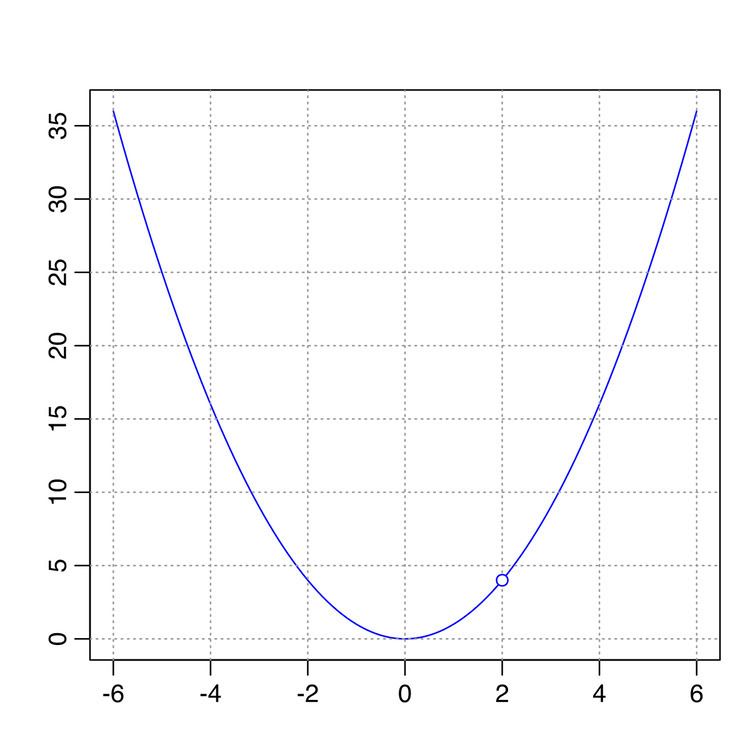 | ||
In complex analysis, a removable singularity of a holomorphic function is a point at which the function is undefined, but it is possible to redefine the function at that point in such a way that the resulting function is regular in a neighbourhood of that point.
Contents
For instance, the (unnormalized) sinc function
has a singularity at z = 0. This singularity can be removed by defining f(0) := 1, which is the limit of f as z tends to 0. The resulting function is holomorphic. In this case the problem was caused by f being given an indeterminate form. Taking a power series expansion for
Formally, if
Riemann's theorem
Riemann's theorem on removable singularities is as follows:
Theorem. Let
-
f is holomorphically extendable overa . -
f is continuously extendable overa . - There exists a neighborhood of
a on whichf is bounded. -
lim z → a ( z − a ) f ( z ) = 0 .
The implications 1 ⇒ 2 ⇒ 3 ⇒ 4 are trivial. To prove 4 ⇒ 1, we first recall that the holomorphy of a function at
Clearly, h is holomorphic on D {a}, and there exists
by 4, hence h is holomorphic on D and has a Taylor series about a:
We have c0 = h(a) = 0 and c1 = h'(a) = 0; therefore
Hence, where z ≠ a, we have:
However,
is holomorphic on D, thus an extension of f.
Other kinds of singularities
Unlike functions of a real variable, holomorphic functions are sufficiently rigid that their isolated singularities can be completely classified. A holomorphic function's singularity is either not really a singularity at all, i.e. a removable singularity, or one of the following two types:
- In light of Riemann's theorem, given a non-removable singularity, one might ask whether there exists a natural number
m such thatlim z → a ( z − a ) m + 1 f ( z ) = 0 . If so,a is called a pole off and the smallest suchm is the order ofa . So removable singularities are precisely the poles of order 0. A holomorphic function blows up uniformly near its other poles. - If an isolated singularity
a off is neither removable nor a pole, it is called an essential singularity. The Great Picard Theorem shows that such anf maps every punctured open neighborhoodU ∖ { a } to the entire complex plane, with the possible exception of at most one point.
